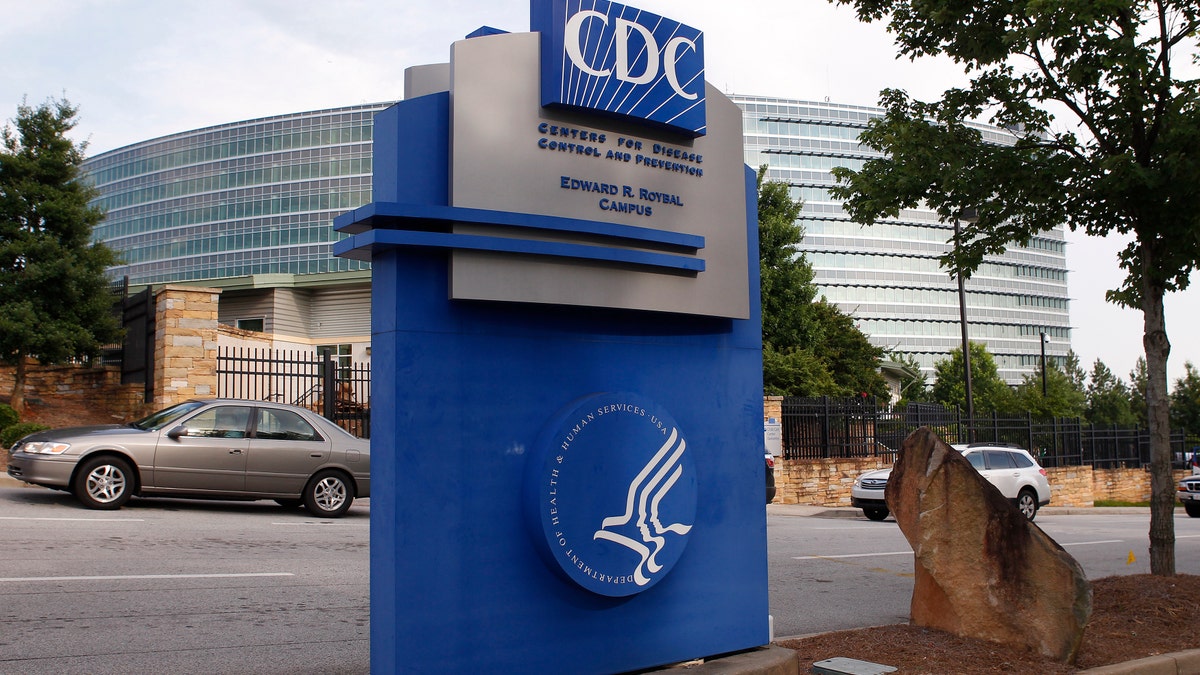
The Centers for Disease Control sign is seen at its main facility in Atlanta, Georgia June 20, 2014. (REUTERS/Tami Chappell)
The U.S. Centers for Disease Control and Prevention (CDC) has introduced camera monitoring of workers in its highest-level biosafety laboratories as it seeks to restore public faith in its procedures after a series of mishaps, agency officials tell Reuters.
One lab worker inadvertently risked contracting Ebola last month when they worked with the live virus that was supposed to have been inactivated, or killed. Since last June, the Atlanta-based agency has disclosed several incidents, one in which scientists unknowingly sent potentially live anthrax to a lower-security laboratory and another in which a deadly form of bird flu was sent to an external agency's lab.
The mishaps have raised major questions over safety practices at more than 1,000 laboratory and support facilities that make up the CDC, whose role is to monitor and prevent outbreaks of disease.
The move to monitor workers will allow lab directors and senior scientists to ensure they have followed safety protocols exactly, Leslie Dauphin, interim director of laboratory safety, told Reuters in an interview.
"You cannot deviate," she said. "That is what the camera system helps with."
The agency is expected to release details within a week of its own investigation into the Ebola mishap.
Dauphin, who played a key role in the CDC's initial response to the incidents, would not comment directly on the contents of the Ebola report, but confirmed that no one had been harmed.
The unidentified scientist, who was working with Ebola specimens that were supposed to have been inactivated, wore gloves and a gown but not a protective face mask or other gear recommended for working with live Ebola, the CDC said.
The anthrax and bird flu accidents touched off a congressional inquiry and a pledge from CDC director Dr. Thomas Frieden to overhaul the agency's safety culture.
The selection process for a new permanent lab safety chief could take months, so Dauphin has introduced new safety measures in the interim.
A total of 67 cameras have been installed in key laboratories to help ensure technicians follow protocols, especially the techniques to render dangerous pathogens harmless before they can be transferred to lower-security labs.
The move follows a strict review late last summer of inactivation methods in each high-security lab. Each lab now has a checklist for performing those procedures and it is up to senior scientists and lab directors to make sure each step is performed correctly.
The camera system will enable supervisors outside of a containment laboratory to review the footage and verify that steps were performed correctly, Dauphin said.
The video is transmitted from the containment lab via a Wi-Fi network, she said. The videos can be viewed by a supervisor in real time or later.
So far, the CDC has spent around $84,000 on the camera system, according to CDC spokesman Tom Skinner.
Biosafety experts have criticized the CDC for not improving its safety protocols sooner, saying there was a similar pattern of missteps behind the potential exposure of lab workers to live anthrax and Ebola. Some have questioned whether the agency properly tests samples as they leave labs to make sure they are inactivated.
Dauphin said the agency is considering other changes to better differentiate between live and inactive samples of deadly pathogens, including using color-coded or differently sized vials for each.
CDC has also formed for the first time an agency-wide group to offer standardized safety training for lab workers.
Dauphin said CDC is exploring whether its scientific laboratories should adopt standards set by the Geneva-based International Organization for Standardization (ISO) or another external accrediting group.
"This is going to be a huge undertaking. But a part of what I'm doing is to explore how best to begin implementing that process," she said.
